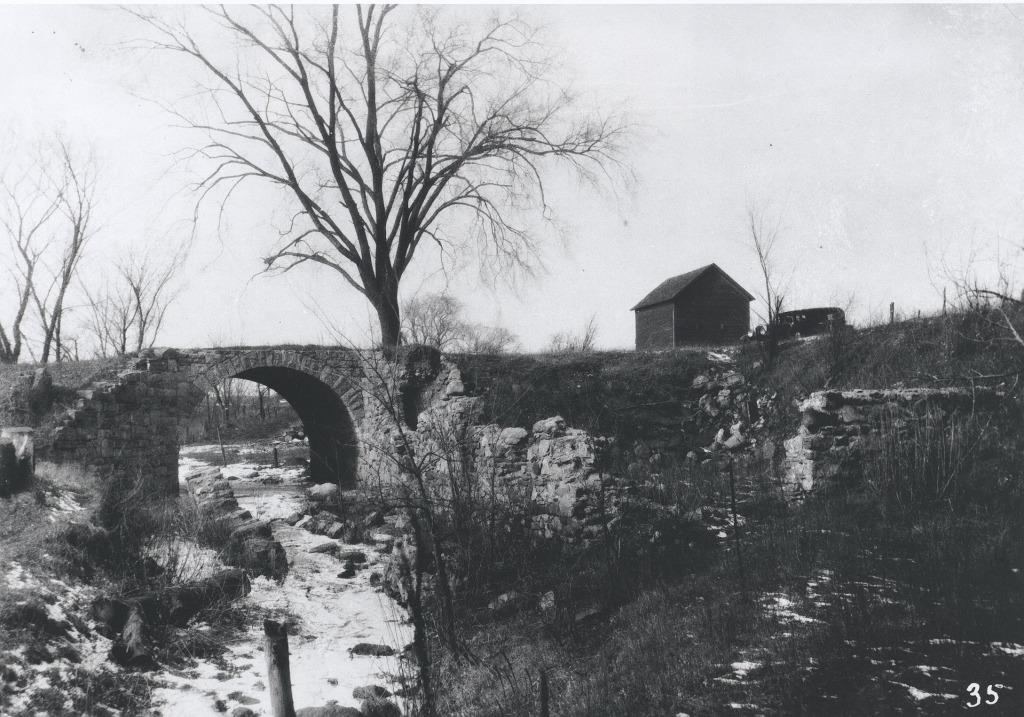
Indexes
Stillwater Township once almost completely surrounded the City of Stillwater, but now consists of mainly the northern sections as the former areas to the west are being annexed into the city. The township is mainly rural and has many lakes, including Silver Lake, Loon Lake, Little Carnelian, Long Lake, and Twin Lakes.
The first settlers outside the limits of Stillwater were D. P. and C. S. Lyman with their parents. The Lymans had staked a claim in 1843, but didn’t actually move onto the land until 1846. Charles Macey and Walter Vail claimed land in 1845. Macey staked out another claim when it became apparent they had claimed the same property. In 1848, the Rev. William T. Boutwell purchased Vail’s claim and built a house on it. Other early settlers were Dr. James Covey and his nephews, S. and P. Trask; John McKenzie who settled in 1848; and the famous pioneers Joseph R. Brown and Jacob Fisher who claimed property in and around what is now Stillwater.
An early road was laid out south to north in the township, bypassing Stillwater on the west on the prairie and intersecting today’s Highway 95 north of the boom site. This road proceeded toward Marine via Carnelian Lake. Another early route used by lumbermen was the Rum River Road, following the approximate route of McKusick Road and Highway 96 from Stillwater and leading to the Mississippi River in Fridley. A road from Stillwater to Marine was laid out in 1848, and another was surveyed along the south boundary of the township entering Ramsey County south of White Bear Lake. In 1853 the Point Douglas–St. Louis River road was built along the Highway 95 corridor north to Marine and a few years later extended south to Afton.
The Stillwater & St. Paul Railroad came through the township in 1870 from Grant and White Bear Lake, entering Stillwater from the north. Summit station at Manning Avenue gave area farmers a way to ship their cattle and farm products to the Twin Cities. One of the big shippers was Isaac Staples, who had a large dairy and stock farm called Oak Glen Farm northwest of the city limits of Stillwater.
In 1858 the county purchased 207 acres of land to be utilized as the county poor farm, located in sections five and six. The original building could accommodate up to 30 indigents; it was rebuilt in 1924. The first overseer was Howard Packard. The poor farm cemetery, with over 40 persons once buried in it, is today absorbed into the woods of Pine Point Park and almost impossible to find. Later the poor farm became the Pine Point Nursing Home and is today the Outing Lodge.
Across the road from the Boutwell farm is the small Boutwell family cemetery. This tiny plot is now included in a Stillwater park. Another cemetery, called the “Home Cemetery,” now known as the Rutherford Cemetery, was created when William Rutherford donated a piece of land for burials. The first burial in this cemetery was his newborn child. The Washington flour mill was built in 1857 by James Rutherford and S. C. Booth on Brown’s Creek and was still running in 1880, operated by Amos Brosious.
The Stillwater Town Hall was constructed around 1886. It was the scene of many social gatherings. Dances and basket socials were big events and everyone looked forward to attending. The area north of the town hall was platted as North Stillwater, but was never incorporated.
Stillwater Township was organized in 1858 and the first election of township officials took place at the house of Samuel Hoffman on April 3, 1860. In 2005 the population was about 2,600.
